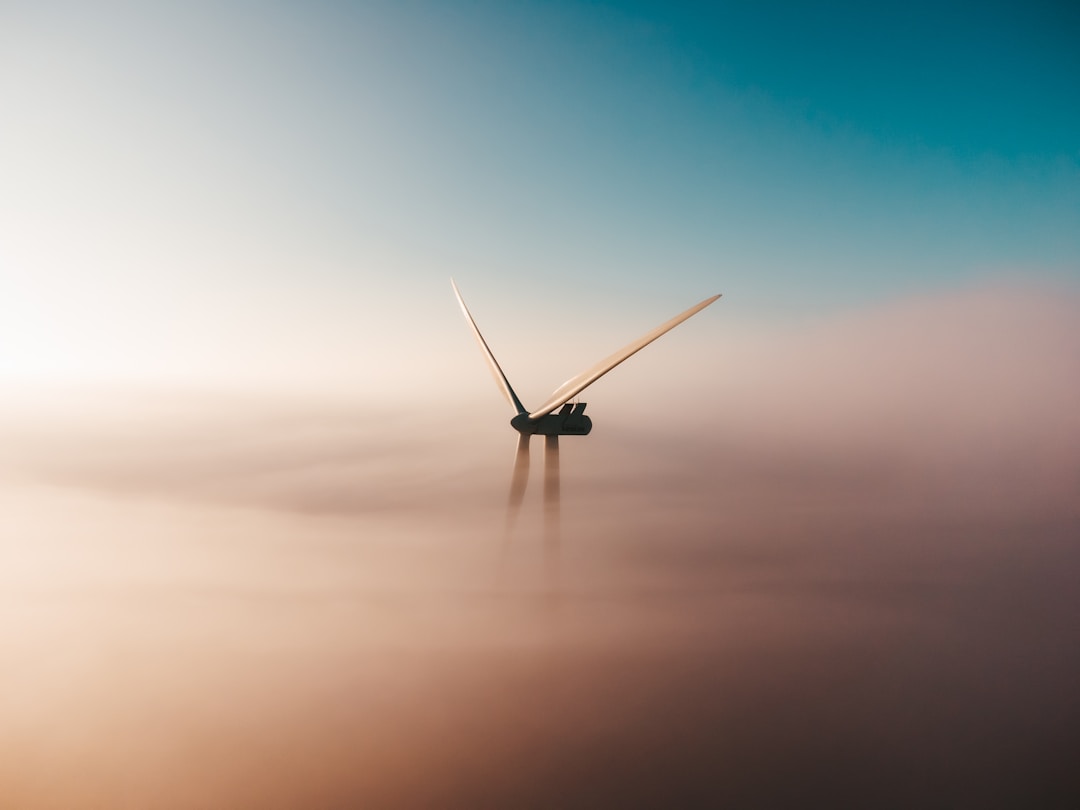In an era where environmental conservation is no longer an option but a necessity, adopting clean energy solutions should be at the forefront of our efforts. Several energy companies, including CleanChoice Energy, are making significant strides toward offering accessible, clean, and renewable energy options to consumers. This article will provide an extensive guide on how to shift to clean energy, focusing on the core aspects such as understanding clean energy, evaluating clean energy options, and the installation process.
Understanding Clean Energy
Clean energy, also known as renewable energy, is a form of energy derived from natural resources. These resources are virtually inexhaustible and include sunlight, wind, water, and geothermal heat. These sources are environmentally friendly as they produce significantly fewer greenhouse gas emissions compared to traditional fossil fuels.
The demand for clean energy is increasing due to the growing concern about the effects of climate change and the desire to reduce our carbon footprint. Switching to renewable energy sources not only fosters a healthier environment but also provides an avenue for job creation in the clean energy sector, thereby boosting economic growth.
Evaluating Clean Energy Options

There are various types of clean energy options available, including solar power, wind power, hydropower, and geothermal energy. Each option has its advantages and considerations, making it crucial to choose a type that suits your needs and location.
- Solar Power: Solar power is generated by capturing sunlight and converting it into electricity. It’s a viable option for areas that receive a lot of sunlight throughout the year. Although the initial costs for solar panel installation might be high, the long-term savings are substantial.
- Wind Power: Wind power harnesses the energy from the wind to generate electricity. It is ideal for areas with consistent and strong wind patterns. Wind turbines can be installed on a residential or commercial scale, depending on the wind patterns and local regulations.
- Hydropower: Hydropower utilizes the energy of flowing or falling water to generate electricity. It is one of the oldest forms of renewable energy and requires a reliable water source, such as a river or a stream.
- Geothermal Energy: Geothermal energy exploits the heat from the Earth’s interior to generate electricity or heat buildings. Geothermal systems can be installed at homes or businesses but are more suitable for areas with geologically active ground.
Installation Process
Switching to clean energy involves an installation process, and it is recommended to hire a professional for this task. The complexity of the process depends on the type of renewable energy chosen. For instance, solar panel installation involves assessing your energy needs, selecting the right equipment, and obtaining the necessary permits before the actual installation. Professional installers will guide you through the entire process, ensuring the system is safely installed and functioning correctly.
While the initial installation cost might seem daunting, several states offer incentives, such as tax credits, to offset these costs. It is worthwhile to research and take advantage of such programs to make the switch to clean energy more affordable.
Taking the Leap

As the world continues to grapple with environmental challenges, making the switch to clean energy is an important step toward a sustainable future. Not only does it help in reducing our carbon footprint, but it also helps in creating a green economy with diverse job opportunities.
Transitioning to renewable energy sources does not happen overnight. It requires a conscious decision, an evaluation of options, and a commitment to sustainable living. As we navigate this journey, companies like CleanChoice Energy play an essential role in providing renewable energy solutions that meet our needs.
In conclusion, switching to clean energy is a worthwhile venture. It is a choice that aligns with environmental conservation efforts, contributes to the growth of a green economy, and guarantees a sustainable future. With careful planning, evaluation of options, and the right professional assistance, making the switch to clean energy is not only feasible but also immensely rewarding.

